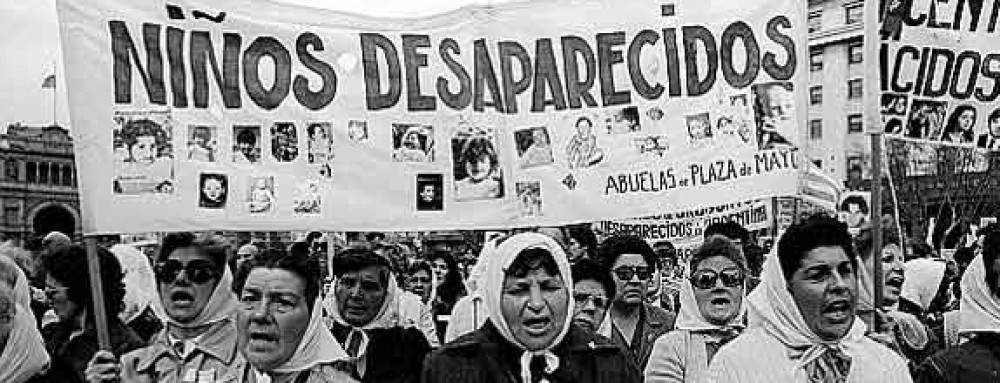The first two days in Buenos Aires have been packed full of experiences. Taking in the size of the city, we arrived early at our hotel. Luckily Rachita and I were able to check into our room early and get some rest before our activities. We toured various sites in Buenos Aires via bus and saw different parts of Palermo. Our guide was explaining to us that there are class levels similar to those in the U.S., but when we asked how much the middle-middle-class makes, it was around $200. Comparatively, we drove through extremely nice neighborhoods that held nice houses and many embassies for various other countries. It was overwhelming to take in Buenos Aires – I fear I won’t get to experience all it has to offer.
 We stopped at Cemetery de la Recoleta, where Eva Peron is buried. It was the most unreal cemetery I’ve ever seen – hauntingly gorgeous. Unlike any cemetery I’ve seen, which admittedly isn’t many, Cemetery de la Recoleta was rows and rows of tombs. It looked like a neighborhood of mini-houses. It takes immense wealth to upkeep such sites, and there were some tombs that clearly hadn’t been maintained in years.
We stopped at Cemetery de la Recoleta, where Eva Peron is buried. It was the most unreal cemetery I’ve ever seen – hauntingly gorgeous. Unlike any cemetery I’ve seen, which admittedly isn’t many, Cemetery de la Recoleta was rows and rows of tombs. It looked like a neighborhood of mini-houses. It takes immense wealth to upkeep such sites, and there were some tombs that clearly hadn’t been maintained in years.
Our third activity on the first day was a house dedicated to Evita “Eva” Peron. The house was a place Eva had founded for women to seek resources and jobs. I knew that Eva was revered in Argentina, but I had no idea of the incredible work she did for underrepresented communities in Argentina.

The infirmary as compared to the map, is marked as #5. The map compared to the site itself shows just how much has yet to be uncovered.
Today was much heavier. We went to Club Atletico, or what remains of it. The building was originally a police uniform factory, with a detention and torture center in the basement. After the dictatorship, it was torn down and a highway was built on top. Archeologists have taken years to uncover only a sliver of the basement. We were able to see parts of the cells, the bathroom, and the infirmary. It was insane to imagine that right off one of the bigger roads in Buenos Aires were hundreds of people being tortured and starved. It was surreal to stand under a busy highway and in front of a barely recognizable memorial site. We visited a museum of sorts a few blocks from Club Atletica, where I read testimonials from prisoners that were very moving.
After a quick lunch, we walked to Virrey Cevallos, a memory site tucked between houses on a quiet street. There we met Osvaldo. He talked to us a little bit with preliminary information about the site and then left us alone until the end. We were taken through the house and read testimonials. We were told a story about a prisoner who escaped from Virrey Cevallos by climbing out after his cell wasn’t properly locked. He climbed out and went from roof to roof. We learned he eventually was forced to return to the center after his family was threatened. The second we left the building, Fernando revealed to us that Osvaldo was the escapee. He wasn’t sure why it wasn’t mentioned but didn’t want to bring it up. My jaw dropped. I knew Osvaldo had been there, but to be someone with such a well-known story and keep it in had to take a certain level of humility. We speculate that he didn’t bring his story up not because he suppresses his trauma, but because he doesn’t want to be the center of attention.
It was a long and heavy day, but each time I come to these places I leave with a new appreciation for the privileged life I have, as well as a frustration at my overwhelming American-ness.


